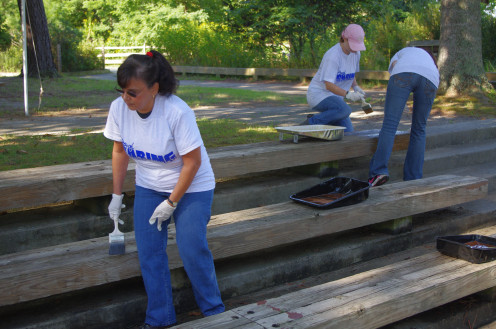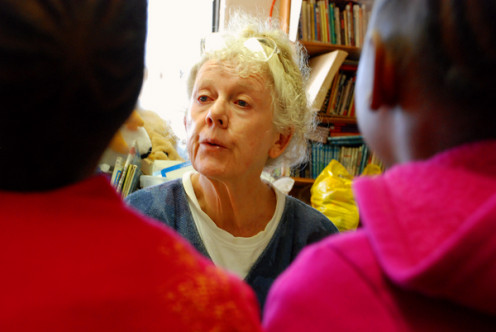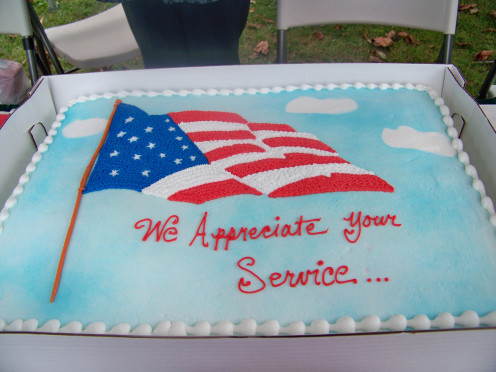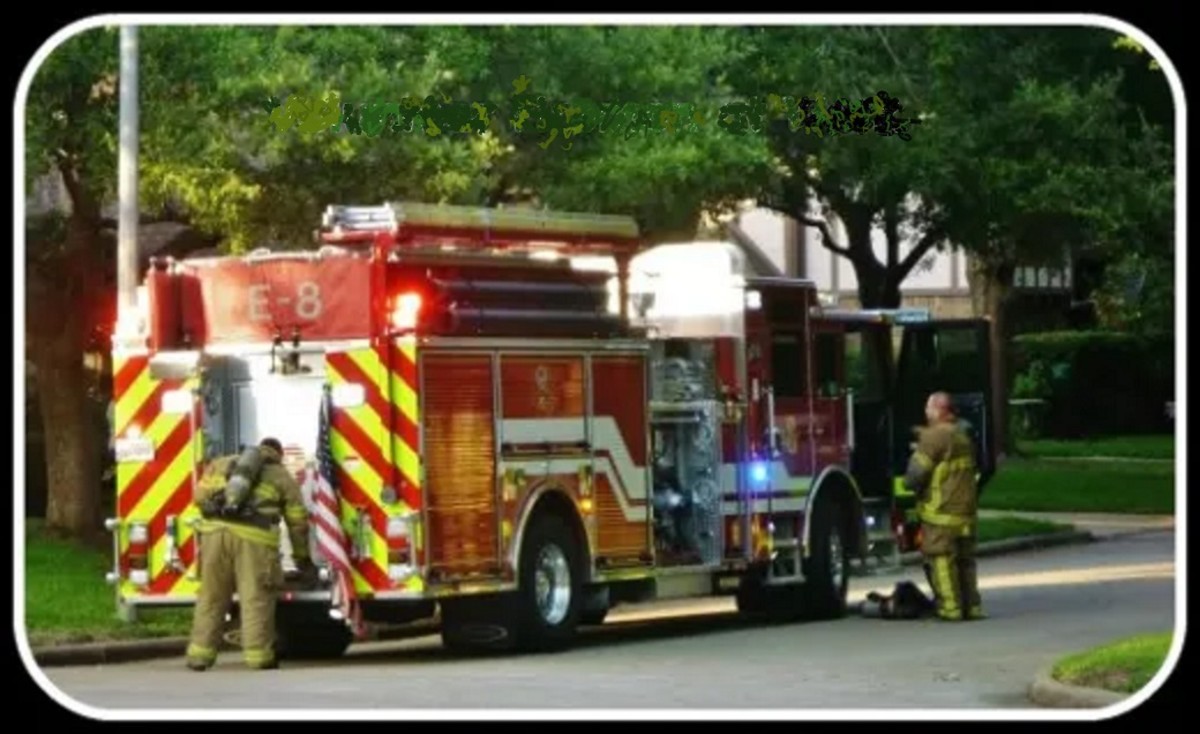How to Refill a Draining Volunteer Pool
Running Dry on Volunteers
Whether it’s a brand new community program or a well- established organization, if you are running low on volunteer power, you are up against two different challenges. The first one is recruiting volunteers and the second one is retaining them. There are so many reasons why people who want to volunteer never do. And then there is the problem of getting the new volunteer recruit up and running through the clearance process. It's discouraging but often, potential volunteers are lost before they ever get started due to the application, clearance and training process.
Recruiting Volunteers Can Be Difficult
I was the volunteer coordinator for a large hospice organization for several years, The greatest challenge I found was in recruiting individuals who were comfortable with end of life and the emotional strain it can cause.when serving families who are awaiting imminent death.
Four steps, called NWUH, and pronounced new, will help you recruit and retain new individuals who will be a right fit for your program and who will make a difference both now and in the future in your organization.

Step 1. Map Out Your Program's Needs
I don't believe there is a more discouraging experience than for an enthusiastic, on-fire volunteer to arrive on the first day, ready to make a difference, only to find that no one really knows why they are there. Talk about dousing a flame! This will do it every time.
Before a volunteer ever arrives at your door, have your plan in place. One of the best places to look for that plan is in your mission statement. Every good program has one and it should be the compass of your map.
Find your location. Where is your program right now and where is it going? Before recruiting volunteers, decide what roles they will play. Support staff need to be prepared in advance with the work and or materials for the volunteer to perform their job.
Keep in mind that thorough training as well as a knowledge of insurance liability, legal compliance, certifications and clearances for the volunteer are also imperative to get your volunteers off on the right foot.
Above all, be prepared for the volunteer. Know the job you want them to do and be ready for their enthusiasm to go out and do it!

Step 2. Who Will Your Volunteers Be?
Volunteers of this millennium are a different group of individuals than the volunteers of the previous one. With government cut-backs for community programs, volunteers are in greater demand to provide support to weakening infrastructures, but their numbers are shrinking. Partially due to life circumstances, the group of people we once looked to for their free time to volunteer are now caught up in an increased level of responsibility in their personal lives. For example, the mom who has waited for her children to set off for college so that she could volunteer, is now working a second job to help pay for school. She no longer has the time or energy to volunteer. The newly retired school teacher is working in a convenience store 4 hours a day to pay her medical insurance. Older parents are taking care of grandchildren so their adult children can go to work without the worry of paying for child care. All this has changed the group of people we now go to, to find volunteers.
In my opinion, the best volunteers are those who volunteer for the right reasons. Volunteering is not so much about doing something to make ourselves feel good as it is about doing something for the good of others. The person who recognizes a need and sets out to fill it is the one you want to attach yourself to. Purpose is everything and a consistent volunteer is one who volunteers for the good of others.
Look for people who see the worth of their commitment. In hospice, the valued volunteer has himself experienced the dedicated companionship and compassion offered by the organization probably because of a death in their own family. This individual wants to pay forward the service they have received to someone else with the same need. The experience they have had establishes the worth of their endeavor as they reach out to others.
Step 3. Uncover or Discover Volunteers
I have had few volunteers beat my door down, trying to volunteer for hospice. Occasionally, but not frequently. At a certain point, I realized that I had to educate the community on the hospice need and find ways to convince the public that this was something that the right person could do. I approached community groups and local media to demonstrate the work of hospice and what the volunteer could contribute to our cause. I contacted newspapers to get volunteer trainings listed in upcoming events. I had our marketing department write press releases on the good service act of a volunteer. I spoke to any and every organization that would give me 15 minutes on the need for volunteers. Churches, rotaries, men and women’s groups, veterans, if they could find 2 people who would listen to me, I presented our need. I posted fliers on every bulletin board within 50 miles, with permission of course. If I was visiting a neighbor who was home bound, I offered them a chance to make phone calls to other home bound individuals from their own homes and indeed did find volunteers desperate for the opportunity to continue to reach out to others. I looked to colleges and high schools with students who had community service requirements to meet. I also found established volunteers in other organizations, remembering that people who volunteer will volunteer. I asked volunteers to find volunteers, to bring their family members with them. If a wife volunteered, her husband was my next contact. Sometimes it worked and sometimes it didn't. And if I tried an approach once and was not successful, I tried it again a few months later. I was amazed to find that some very good volunteers had been "meaning to" step up but had either forgotten or had just never got around to it. My second call was their reminder and more than once brought about a very successful volunteer.
Step 4. Hold Them!
Volunteers are priceless; never take them for granted. No matter where you find them or how, keep them at all cost. Value them!
My favorite way to keep volunteers interested is to give them time to socialize with each other. Whether during a debriefing session or a chance to get to know each other, volunteers enjoy the opportunity to come together and share their experiences.
Here are some ways to bring them together.
- Hold a pot-luck or an ice cream social. Most of the time, your volunteers won't even mind if they have to bring the pots. Actually they may even insist on it!
- Offer a coffee time before the monthly meeting.
- Have a sign-up for a baseball game and either provide group transportation or have the volunteers car-pool.
- Provide a mentor for your newer volunteers using your seasoned staff to provide that arm around policy that provides support.
Above all, honor and respect your volunteers and award their service, no matter how small or large the part they play. In my book, volunteers are to be revered. Respect them, their ideas and their values. Never put a volunteer down for their feelings, lifestyle, or opinions. They are entitled to all of those.
These four steps, called NWUH, will help you recruit and retain new individuals who will be a right fit for your program and who will make a difference both now and in the future in your organization.
NWUH is for New Volunteers
- Map out the Needs of your program
- Who will your volunteers be?
- Uncover (Find) them!
- Hold onto them!









